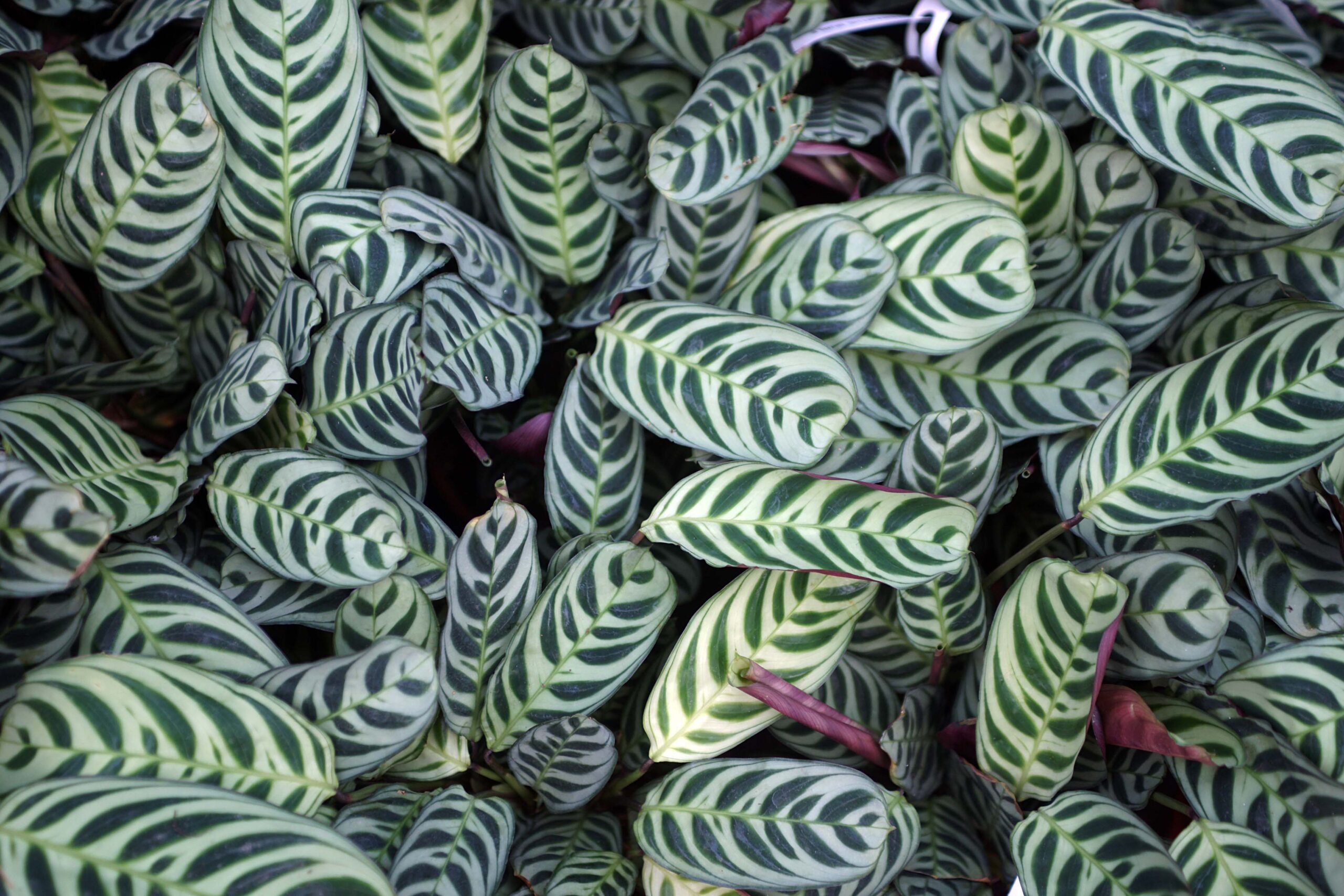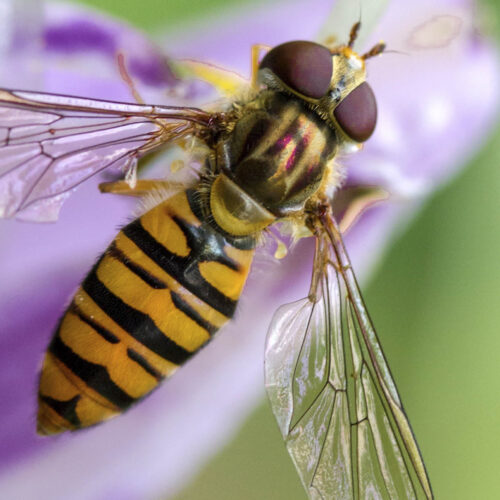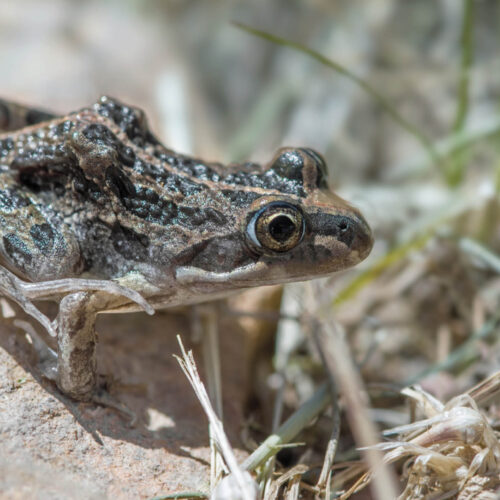It’s a jungle in here
2019-03-21T02:46:34+11:00
Our living rooms are being taken over by plants – and it’s good for us in many different ways! Justin Russell shares his indoor plant care tips to help you get started.
Habitat, mental wellbeing, indoor air quality – they’re all pretty compelling reasons to fill your home with plants and create an indoor jungle. But please accept a gentle word of caution. Many plants make for lots of work and, when things go wrong, lots of death and destruction. Potted indoor plants rely on you, the gardener, for everything. Even the most easy-care varieties need some water and nourishment, so it pays to start small, and to think of house plants a bit like you would a pet. Care for them well and they’ll return the love with many years of health and happiness.
Think like a plant
Another point worth considering is climate change. Our houses are becoming more extreme. Humidity levels boom during major rain events (mould anyone?), then plummet during drought. Summers are getting hotter and in some areas frosts are becoming more common in winter. Air conditioning and heating can also make for very inhospitable growing conditions.
I’m not suggesting you avoid growing indoor plants, just that it’s important to choose carefully. The best way to do this is to learn to think like a plant, and the way to get there is through research. For each species you’re interested in growing, it’s worth doing a quick search to get a handle on where and how it grows in the wild – allowing you to mimic the plant’s favoured growing conditions inside your home.
For example, a plant that grows naturally on the rainforest floor, is likely to prefer moist, well-nourished soil, low light levels and humidity. Regular misting will keep humidity lovers happy. By contrast, if a plant grows naturally in dry, dappled shade beneath deciduous trees, it will prefer higher light levels, especially in winter, and is likely to tolerate slightly drier soil than its rainforest counterpart.
Water watch
Watering is the easiest thing to get wrong when growing potted indoor plants. It’s way too easy to kill a pot plant with kindness, overwatering to the point that the soil becomes a swamp, the roots rot and the plant carks it. Often the first signs of overwatering are browning leaves, which to the untrained eye can look similar to drying leaves. Many gardeners see these browning leaves, add more water and make the problem worse.
Except for those plants that like continual moisture (wasabi, described on the next page, is a classic example), the best rule of thumb when deciding whether or not to water is to literally – use your thumb. Poke it into the potting mix to a depth of your knuckle. If the mix feels dry, add water. If it’s moist, wait a day or two. Go around the house watering plant to plant if you must, or for convenience sake, put a bunch of plants in a plastic tray, carry it to the shower and give everything a good drink.
To see what else is in the magazine, and read the rest of this article on the resurgence of interest in indoor gardens, get a copy of the May/June 2019 Organic Gardener Magazine by following the link: Organic Gardener Magazine Australia.






